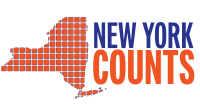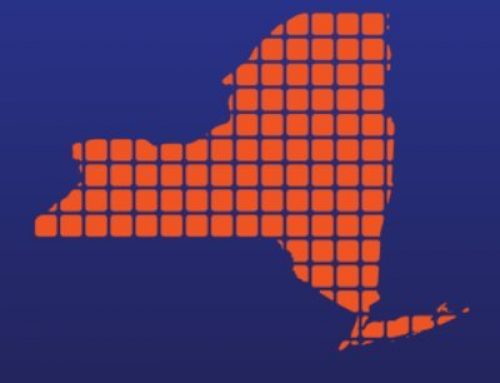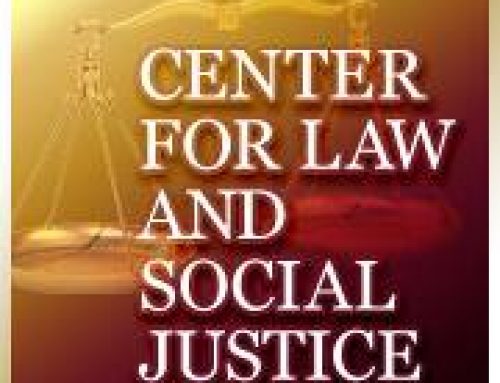The following resources for American Indians and Alaska Natives in the 2020 Census are from The Leadership Conference Education Fund and Georgetown Law’s Center on Poverty and Inequality.
When Native and tribal communities are undercounted, political boundaries may not accurately represent reality. Undercounting results in Native peoples being denied a full voice in policy decision-making. As a result, their community’s different needs may not be represented or prioritized according to their real share of the population. In particular, Native reservations are considered “communities of interest” in many states’ redistricting policies, meaning it may be especially important to keep intact when redistricting.
Undercounting Native peoples in the 2020 Census could also impact how federal funding is allocated to states and localities. Today, there are 326 reservations and 567 tribes recognized by the federal government, each with distinctive health, housing, education, and financial needs.
Many programs that impact the Native community are funded based in whole or in part on census-derived data.
There are many ways in which stakeholders, including advocates, funders, and civic leaders, can improve the count of Native households in the 2020 Census. There are opportunities to join or support work on policy development, community organizing, and “Get Out the Count” campaigns for the 2020 Census. Learn more about how you can take action with the fact sheet below.
